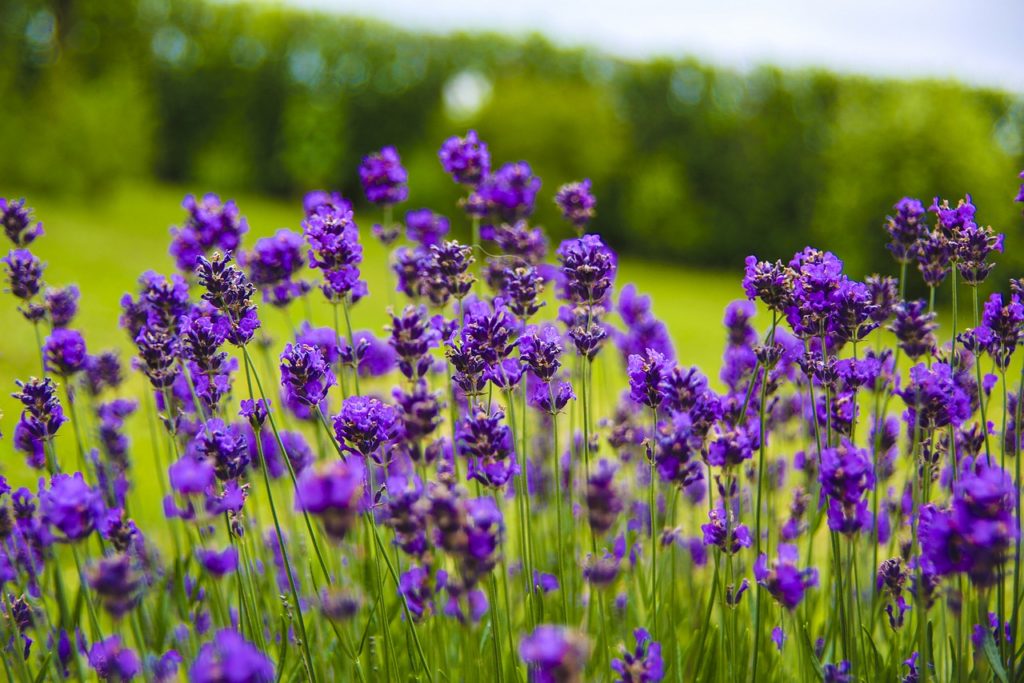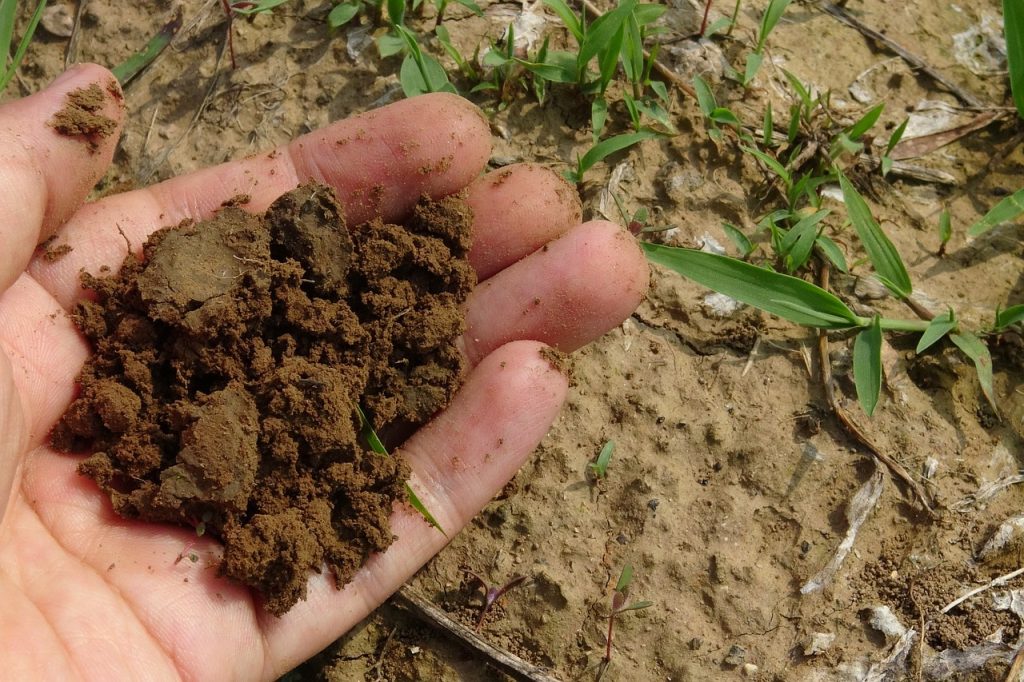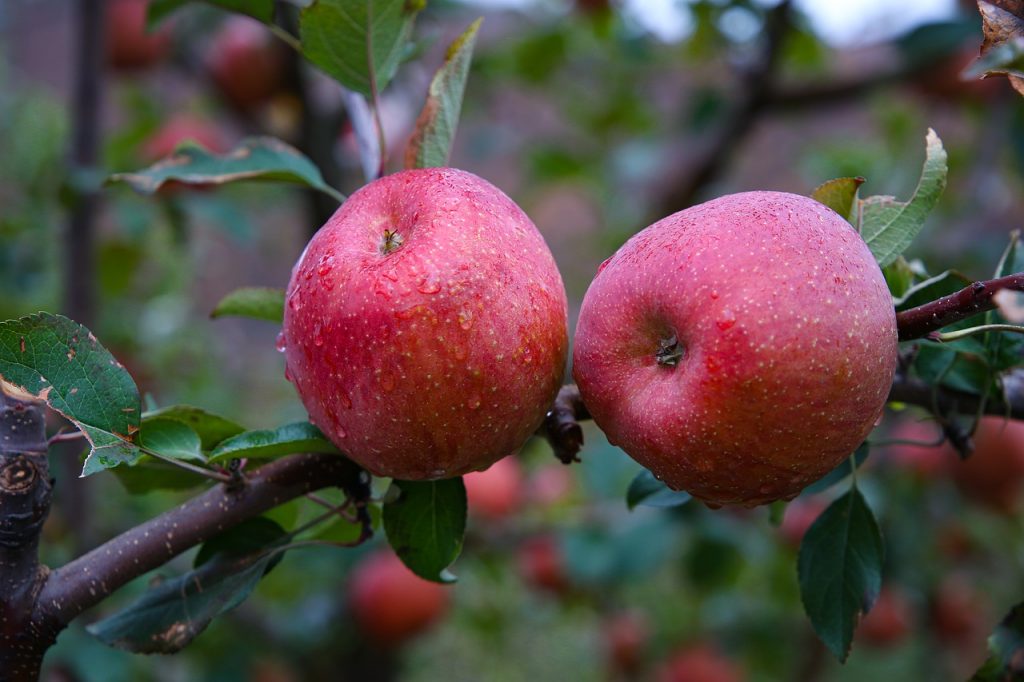Lavender cultivation in Jammu and Kashmir has helped several farmers in the region multiply their earnings owing to the large-scale harvest of lavender flowers and agro-based products obtained from lavender plants. Lavender oil and lavender water are popular in the world market, and they are also used in the manufacture of other aromatic products such as candles, soaps, and perfumes. Lavender is used as an ingredient in antifungal and antibacterial medicines and is effective against burns and insect bites. Some companies based in Mumbai procure lavender extracts from farmers in Doda, Rajouri, Ramban, and Pulwama, in J&K. The government as well as locals are taking initiatives to raise awareness and provide logistical support to farmers of J&K for lavender plantation. Thus, lavender cultivation is leading to economic growth of the agriculturalists in Jammu and Kashmir and proving to be a great booster of the agro-based industries in the region.
In the Khillani village in Doda district stays Bharat Bhushan, a farmer who had the courage to switch from cultivating maize to growing lavender in 2010. The Jammu and Kashmir’s Tourism Department had introduced this plant in the region that time. When most other farmers were reluctant, Bharat Bhushan started cultivating lavender and soon his income from farming saw a good rise.
In 2018, Aroma Mission was launched by the Central Government to boost the cultivation of aromatic medicinal plants in J&K. Soon after this, the earnings of Bharat Bhushan again increased. About 500 farmers in Jammu and Kashmir followed in the footsteps of Bharat Bhushan and even they have experienced similar economic growth after switching to lavender farming.
Bharat Bhushan had started growing lavender on just 0.1 hectares of land, which he gradually increased and presently, he owns large lavender fields and two nurseries. The seeds and saplings of lavender from his farm, are bought by people across Jammu.
Sheraz Ahmed is a farmer from Kulgam district in South Kashmir who adopted organic farming of lavender on 0.37 acres of land. The Panchayat of his village has started helping lavender crop farmers in the locality to increase lavender cultivation and effectively their income. Sheraz Ahmed’s project is being used as an example in this campaign. Farmers are taking inspiration from him but are apprehensive about being able to earn from lavender farming. Sheraz Ahmed thinks that if the government works toward market management, Jammu and Kashmir will dominate South Asia in lavender cultivation. Most farmers of Kashmir have the same view that if an effective market strategy is implemented by the government, they will cultivate lavender on a large scale.
200 small farmers of Bhadarwah region in Doda have started cultivating lavender in many villages that included Nakshari, Butla, Killar, Tapri, among others. Lavender farming has boosted the farmers’ income and also created employment opportunities for locals who work on the farms, in distillation plants, or in the marketing sector.
In Doda, 30-40 litres of lavender oil can be extracted from each hectare of land. To sell lavender products, the farmers in J&K get help from IIIM-Jammu. The CSIR-IIIM Jammu has established four distillation units in Doda and two more are scheduled to be set up in the near future. In February 2021, the second phase of Aroma Mission was announced by CSIR-IIIM. The aim is to increase lavender cultivation to 1500 hectares in the next three years.
Starting from 2018, when the Aroma Mission was launched, till March 2020, 8 lakh lavender plants were given to 500 farmers free of cost and 100 acres of land was used for the cultivation. Technical support and essential oil distillation facilities were provided to the farmers in Bhadarwah and in this span of two years, the farmers have been able to extract over 800 litres lavender oil which costs about 80 lakh INR.
Local entrepreneurs have also started promoting lavender cultivation and helping local farmers with the same. Their added effort has resulted in the cultivation of lavender on more than 100 acres of land owned by 200 farmers.
As per the Floriculture Department, about 80.23 acres of land is under lavender plantation and about 346 litres of aromatic oil including lavender oil were extracted in 2020.
Presently, the Agriculture Department has introduced lavender cultivation in Pulwama and Bijbehara districts of South Kashmir, and it intends to increase the cultivation in other parts of Jammu and Kashmir. For this, the Department is conducting awareness campaigns for farmers to inform them about the profitability of this plant.
As compared to traditional crops like maize, earnings from lavender farming has been much more profitable. About 0.125 acres of land under maize cultivation generates an income of 6,000 INR and the same land area generates 30,000 INR with lavender cultivation.
Kashmir has a lot of wastelands, which are suitable for lavender farming. The climate of J&K is highly conducive for lavender cultivation, as this plant can grow in cold temperatures and moderate summers. It does not require lots of water and has a low risk of pests or other animals that destroy crops. Since lavender, in the form of dried flowers, oil, and water, is an important raw material for the cosmetic and fragrance industries as well as medicine, it has a huge potential for sales in the global market. Thus, we can see that the purple revolution in Jammu and Kashmir has opened up many opportunities for employment and economic growth.



